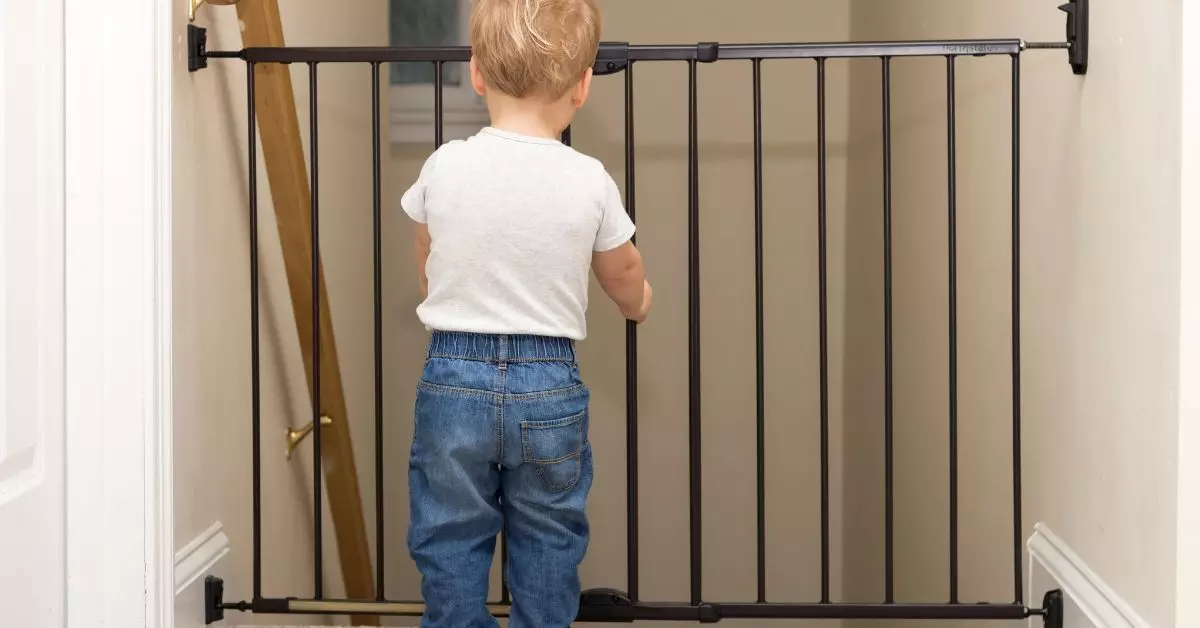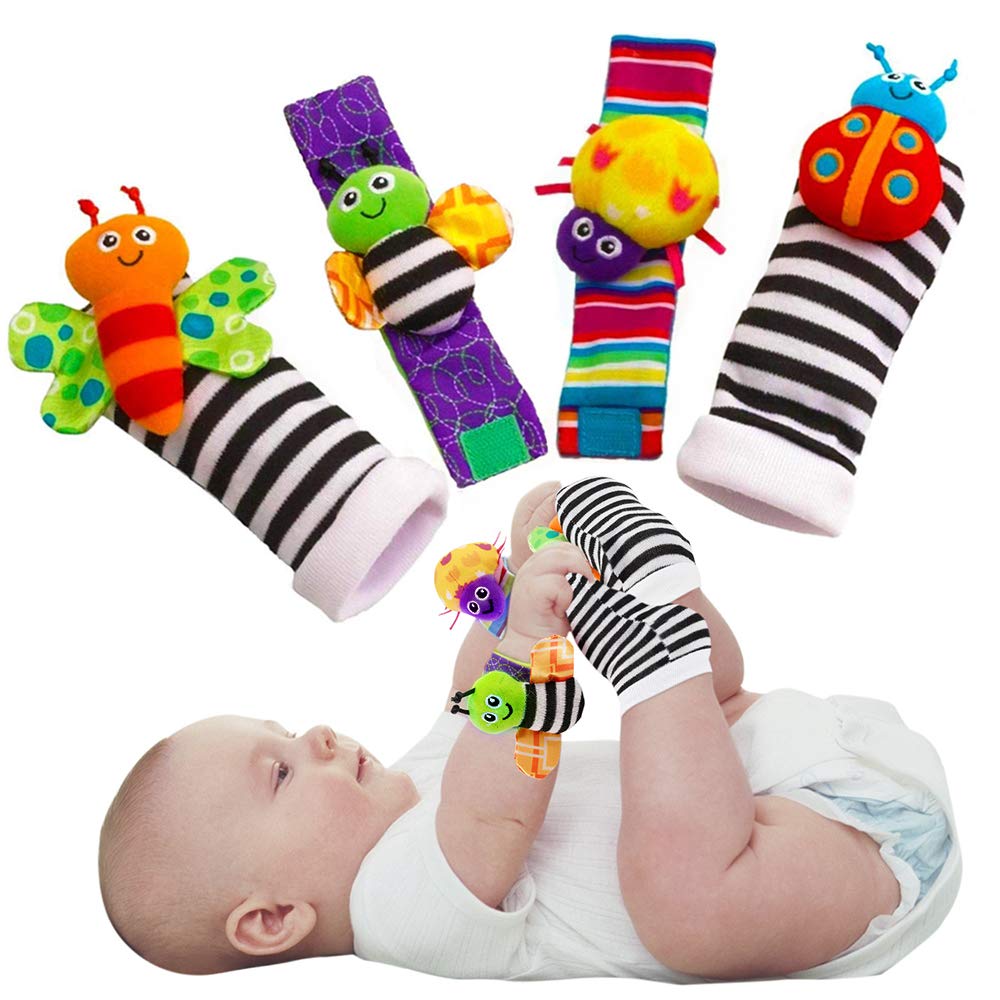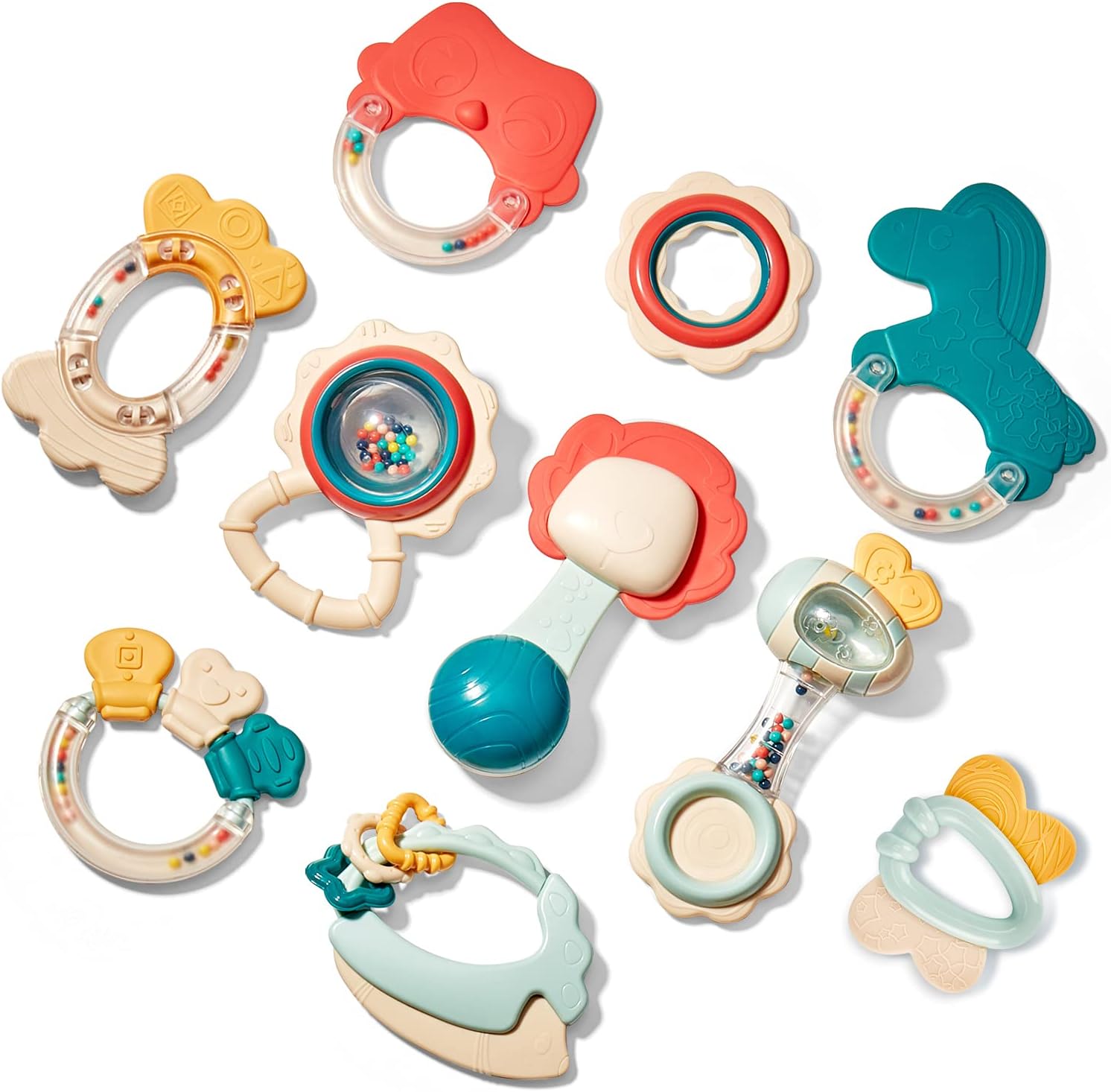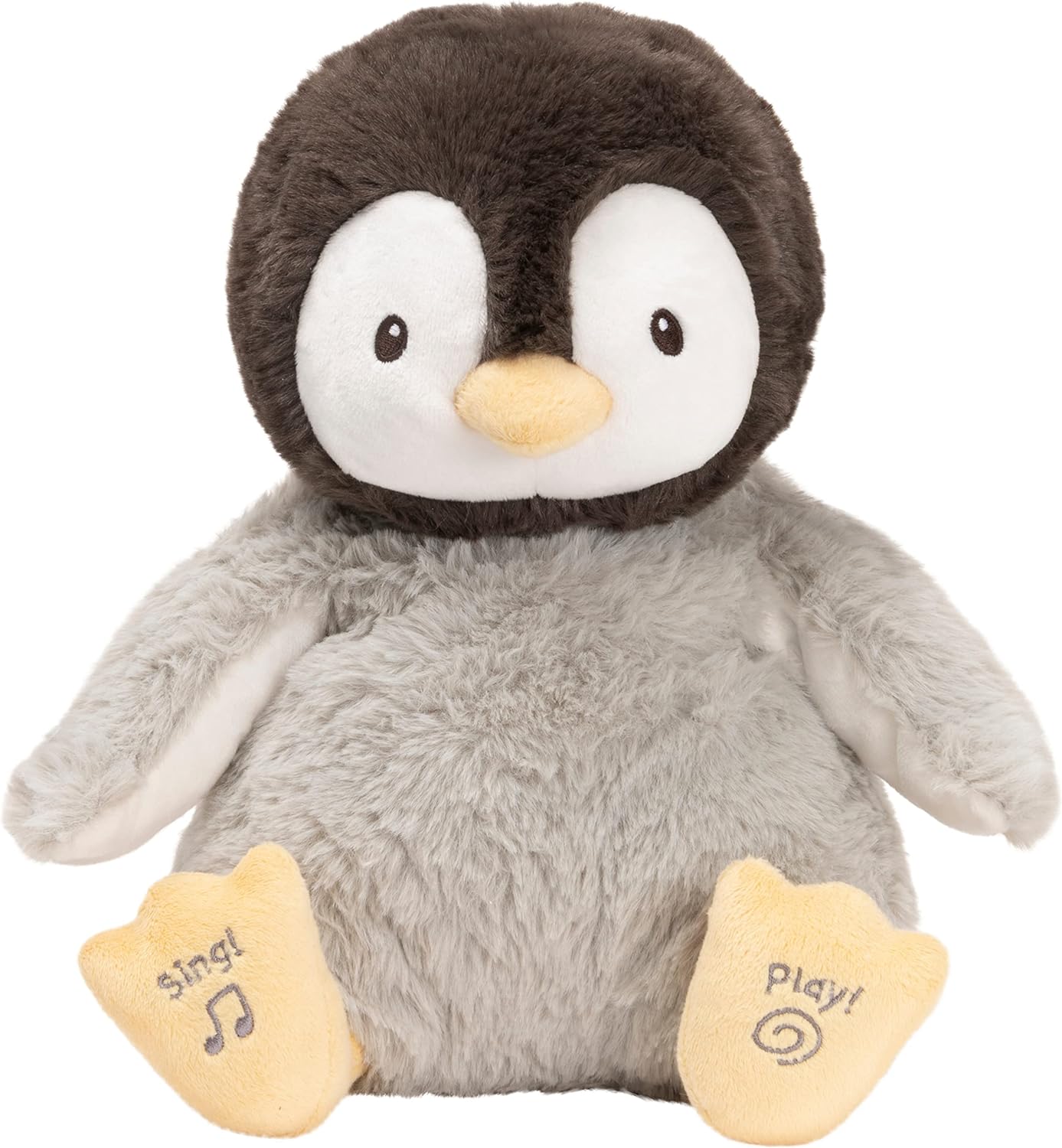Imagine the excitement of bringing home your newborn bundle of joy. As you gaze into their innocent eyes, a wave of love and protectiveness washes over you. Suddenly, the thought of potential hazards lurking in your home becomes a priority.
When should you start baby-proofing your home? This article aims to provide valuable insights and guidance for parents and future parents on the optimal time to embark on this important journey of creating a safe haven for your little one.
Baby-Proofing Basics
Understanding the Importance of Baby-Proofing
Congratulations on your upcoming bundle of joy! As you prepare to welcome your little one into your home, it’s essential to prioritize their safety by baby-proofing your living space. Baby-proofing involves taking precautionary measures to minimize potential hazards and create a safe environment for your baby to explore and grow.
Essential Baby-Proofing Measures
When it comes to baby-proofing, there are a few key areas you’ll want to focus on. These measures include securing furniture and fixtures, covering electrical outlets, removing choking hazards, and creating a safe sleep environment. By addressing these essential safety measures, you can greatly reduce the risk of accidents and ensure your baby’s well-being.
Common Baby Hazards to Look Out for
Babies are naturally curious and love to explore their surroundings. However, this eagerness to discover can sometimes put them in precarious situations. It’s crucial to be aware of common baby hazards in order to effectively baby-proof your home.
Hazardous areas to consider include the kitchen, bathroom, stairs, windows, and electrical outlets. By identifying and addressing potential dangers, you can create a secure environment for your little one.
Creating a Safe Environment for Your Baby
Creating a safe environment for your baby involves a multi-faceted approach. From securing cabinets and drawers to eliminating potential choking hazards, your goal is to minimize risks and promote a secure living space.
By implementing proper baby-proofing strategies, you can feel confident that your baby can explore their surroundings safely and freely.
Preparation During Pregnancy
Assessing Your Home for Potential Hazards
As an expectant parent, it’s important to assess your home for potential hazards early on in your pregnancy. Take a thorough walk-through of each room, paying close attention to furniture, electrical outlets, sharp corners, and anything that could pose a risk to your baby. By identifying potential hazards now, you’ll have plenty of time to make necessary changes before your baby arrives.
Consulting with Professionals
If you’re unsure about which baby-proofing measures to take or need assistance in identifying potential hazards, consider consulting with professionals in the field.
Childproofing specialists or experienced pediatricians can provide guidance and recommendations specific to your home and your baby’s needs. Their expertise can help ensure you haven’t overlooked any crucial safety measures.
Gathering Baby-Proofing Supplies
Before your baby’s arrival, it’s essential to gather the necessary baby-proofing supplies. These may include outlet covers, cabinet locks, safety gates, corner guards, and furniture straps. By having these items ready and on hand, you can seamlessly implement safety measures as needed.
Remember, it’s better to be proactive and prepared than to scramble to baby-proof once your little one starts exploring.
Developing a Baby-Proofing Strategy
To effectively baby-proof your home, it’s helpful to develop a strategy that takes into account your baby’s developmental milestones. As your baby grows and reaches new stages, their mobility and curiosity will increase.
By anticipating these changes, you can stay one step ahead and make the necessary adjustments to keep your baby safe. It’s important to have a plan in place to continuously evaluate and adapt your baby-proofing efforts as your little one grows.
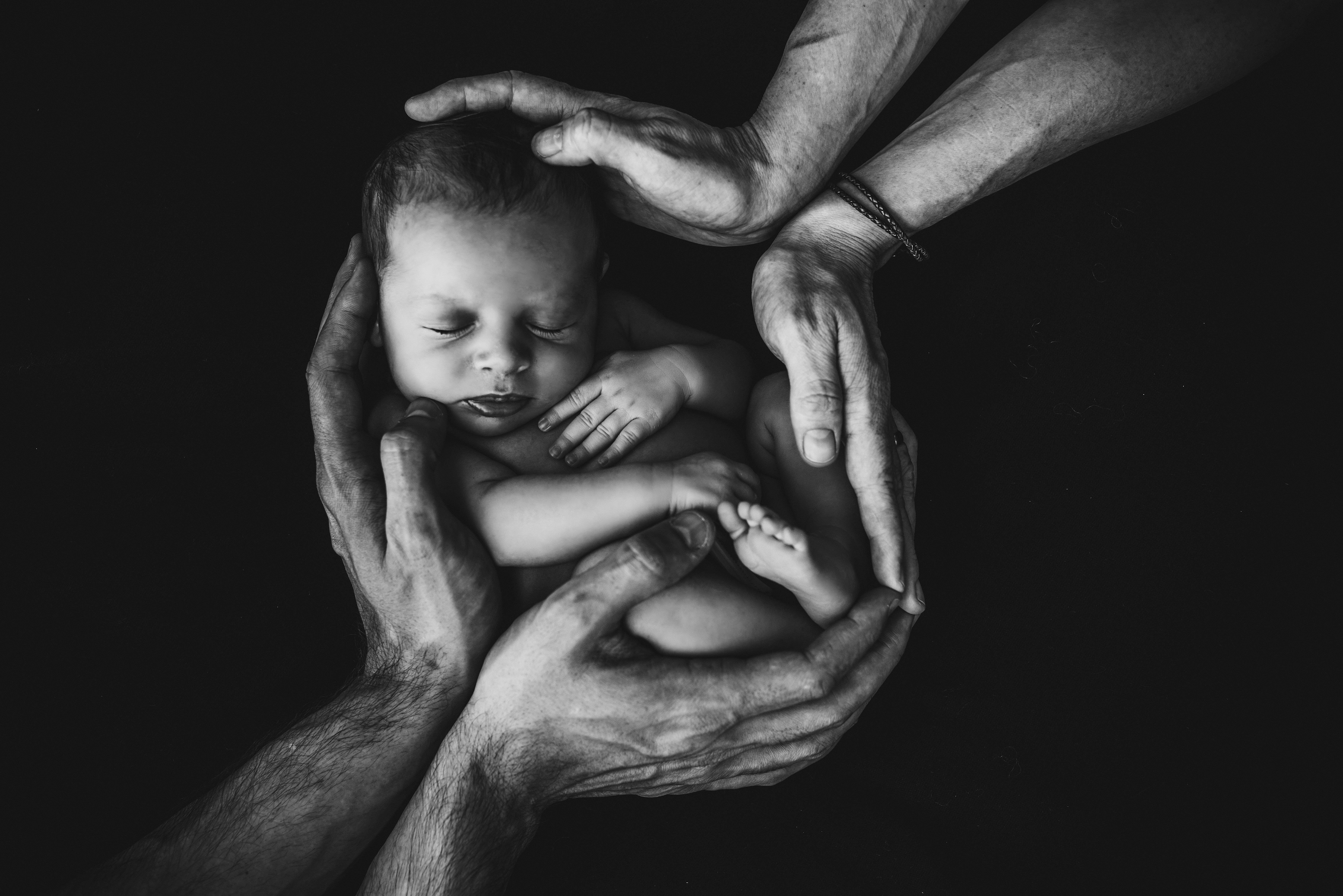
This image is property of images.unsplash.com.
Newborn Stage
Initial Safety Precautions
During the newborn stage, your baby will be limited in their mobility. However, there are still important safety precautions to take. Firstly, ensure that all cribs and bassinets meet the current safety standards to provide a safe sleep environment for your baby.
Remove any stuffed animals, pillows, or loose bedding from the sleeping area to reduce the risk of suffocation. Additionally, ensure that your baby’s crib is free from any cords or hanging objects that could potentially pose a strangulation hazard.
Creating a Safe Sleep Environment
A safe sleep environment is crucial for your newborn’s well-being. Always put your baby to sleep on their back on a firm mattress in a crib or bassinet. Avoid using crib bumpers, as they can increase the risk of suffocation or strangulation.
Make sure the crib mattress fits snugly and that there are no gaps between the mattress and the sides of the crib. By following these guidelines, you can help reduce the risk of Sudden Infant Death Syndrome (SIDS).
Securing Furniture and Fixtures
Even during the newborn stage, securing furniture and fixtures is important as it prevents accidents in the future. Use furniture straps and anchors to secure heavy items such as dressers, bookshelves, and televisions to the wall.
This prevents tipping and potential injuries to your baby. Even if your newborn isn’t yet mobile, it’s crucial to establish these safety measures early on to ensure a safe environment as they grow.
Cord Safety and Window Coverings
Cords from blinds or curtains can present a serious strangulation hazard for your baby. Keep cribs and other furniture away from windows with blinds or corded window coverings.
Consider using cordless blinds or installing safety tassels and cord cleats to keep cords out of reach. By ensuring cord safety and securely fastening window coverings, you can prevent accidents and protect your baby from potential harm.
Crawling and Exploring Stage
Removing Choking Hazards
Once your baby starts crawling and exploring their environment, the risk of choking hazards increases. Be vigilant in removing small objects, such as coins, buttons, or small toys, from their reach. Check your floors and carpets regularly for any potential choking hazards. Remember to also secure any cords, such as those from blinds or electronics, out of your baby’s reach to prevent entanglement.
Securing Electrical Outlets and Cords
As your baby becomes more mobile, they may be tempted to explore electrical outlets and cords. Use outlet covers or safety plugs to prevent access to electrical outlets. Additionally, use cord covers or hide cords behind furniture whenever possible to minimize the risk of electrical accidents. It’s important to address these potential hazards to ensure the safety of your curious little explorer.
Protecting Sharp Corners and Edges
During the crawling stage, babies are prone to falls and bumps. Take measures to protect your baby from sharp corners and edges. Install corner guards or edge protectors on furniture with sharp edges, such as tables or countertops. By minimizing the risk of injuries, you can provide a safe environment for your baby to freely explore their surroundings.
Baby-Proofing Stairs and Gates
Stairs can be a significant hazard for a crawling or exploring baby. Invest in sturdy safety gates to block access to stairs and other areas of your home that may pose a risk. Ensure that the gates are properly installed and securely fastened. Regularly check the gates to make sure they are in good working condition and adjust them as your baby grows. An added precaution is to install gate stoppers to prevent gates from swinging open accidentally.
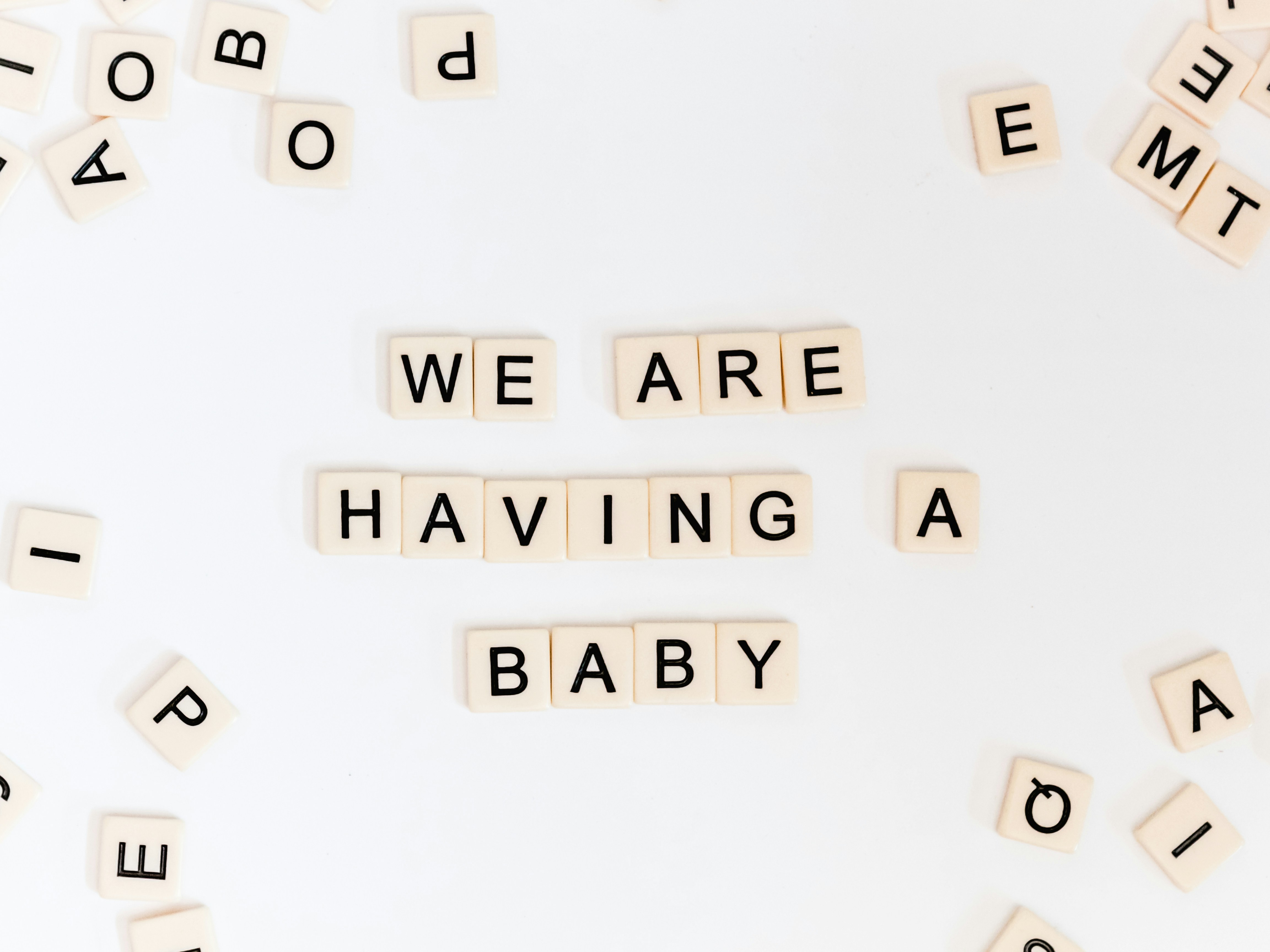
This image is property of images.unsplash.com.
Walking and Climbing Stage
Installing Child Safety Locks
As your baby transitions to the walking and climbing stage, they become more adept at opening cabinets and drawers. Prevent accidents and keep your baby out of harm’s way by installing child safety locks on cabinets and drawers that contain potentially dangerous items, such as cleaning products or sharp objects. These locks will help keep your little one safe and discourage their curiosity.
Securing Cabinets and Drawers
Along with installing child safety locks, it’s essential to properly secure cabinets and drawers. Make sure heavy or unstable items are stored on lower shelves to prevent tip-overs. Consider using cabinet latches or locks for cabinets that contain fragile or hazardous items. By securing your storage spaces, you can minimize the risk of accidents and keep potentially harmful objects out of your baby’s reach.
Kitchen Safety Measures
The kitchen is a hotspot for potential hazards. Keep your baby safe by taking additional safety measures in this area. Install stove guards or knob covers to prevent accidental burns or tampering with the stove.
Keep all sharp objects, such as knives or utensils, out of reach and consider using stove guards to block access to hot surfaces. Store cleaning products and other toxic substances in locked cabinets or high shelves to ensure your baby’s safety.
Bathroom Safety Precautions
Bathrooms can be a source of potential accidents for curious toddlers. Prevent accidents by installing toilet locks to keep your baby from exploring the toilet bowl. Store medications, cleaning products, and any other potentially harmful items in locked cabinets or out of your baby’s reach.
Install non-slip bath mats and use spout covers to prevent injuries while bathing your little one. Taking these precautions will help keep your bathroom a safe and secure space for your baby.
Reevaluation and Adjustment
Regularly Assessing Baby-Proofing Measures
Baby-proofing is not a one-time task. As your baby grows, their abilities and curiosity will evolve. It’s important to regularly assess and reassess your baby-proofing measures to ensure they remain effective. Perform routine checks of your home to identify any potential hazards or areas that may require additional safety measures. By staying proactive, you can continuously adapt and improve your baby’s environment.
Adapting to Your Baby’s Developmental Milestones
Babies go through various developmental milestones, each bringing new challenges and potential hazards. Stay informed about your baby’s stages of development and adjust your baby-proofing efforts accordingly.
For example, when your baby starts pulling up and standing, you may need to secure furniture or consider adding corner guards to higher surfaces. Stay in tune with your baby’s progress to ensure their environment supports their growth and exploration.
Updates as Your Baby Grows
Remember that baby-proofing is not a one-time event but an ongoing process. As your baby grows into a toddler, their abilities and independence will increase. Be prepared to make updates to your baby-proofing measures accordingly.
What was once a sufficient safety measure for a baby may not be effective for a more mobile and inquisitive toddler. Stay vigilant, observant, and make necessary adjustments to ensure your child’s safety at every stage.

This image is property of images.unsplash.com.
Pet Considerations
Introducing Pets to Baby-Proofing Changes
If you have pets at home, it’s important to consider their safety alongside your baby-proofing efforts. Introduce your pets to any changes you make gradually, allowing them to become familiar with new boundaries or restrictions. This can help reduce stress and potential conflicts between your pets and your baby.
Ensuring Pet and Baby Safety
Pets can bring joy and companionship to your family, but it’s important to prioritize both pet and baby safety. Always supervise interactions between your baby and pets, particularly in the early stages. Teach your baby gentle ways to interact with pets and emphasize the importance of respecting their boundaries. By fostering a positive and safe relationship between your baby and pets, you can create a harmonious and secure environment for everyone.
Special Considerations for Different Pets
Different pets may have specific needs and considerations when it comes to baby-proofing. For example, if you have a cat, consider using crib tents or netting to prevent the cat from entering the crib. If you have a dog, ensure they have a designated space or crate where they can retreat to when needed. Research and consult with professionals or experienced pet owners to understand any additional precautions you should take based on the type of pet you have.
Visiting Other Homes
Ensuring Safety in Unbaby-Proofed Homes
When visiting other homes, it’s important to ensure safety, even if the house is not baby-proofed. Keep a close eye on your baby at all times, especially in unfamiliar environments. Be mindful of potential hazards such as stairs, sharp edges, or unsecured furniture. Consider bringing along your own portable baby-proofing items, such as outlet covers and safety gates, to add an extra layer of protection while visiting.
Portable Baby-Proofing Options
To maintain a safe environment while on the go, there are several portable baby-proofing options available. Portable safety gates and playpens can be easily transported and set up in different locations to create a secure play area for your baby. Portable outlet covers and cabinet locks can also be useful when visiting homes that are not baby-proofed. These portable solutions give you peace of mind when your baby is exploring new surroundings.
Communication with Hosts
When visiting family or friends who don’t have baby-proofed homes, it’s important to communicate your concerns and needs. Let your hosts know about any specific precautions you’ve taken to ensure your baby’s safety and ask if they can assist in making their home safer during your visit. Open and honest communication can help create a supportive environment and promote understanding between you and your hosts.
Emergencies and First Aid
Importance of Knowing CPR and First Aid
As a parent, it’s essential to have basic knowledge of CPR (Cardiopulmonary Resuscitation) and first aid. Accidents can happen, and knowing how to respond quickly and appropriately can make a significant difference in your baby’s well-being.
Consider taking a CPR and first aid course specifically tailored to infants and young children. Being prepared for emergencies will give you the confidence to act effectively in critical situations.
Creating a Baby First Aid Kit
In addition to knowing CPR and first aid, it’s important to have a well-stocked baby first aid kit on hand. Your kit should include essentials such as adhesive bandages in various sizes, sterile gauze pads, adhesive tape, an instant cold pack, infant pain reliever, a digital thermometer, and antiseptic wipes. Familiarize yourself with each item in your first aid kit and ensure they are readily available in case of an emergency.
Emergency Contact Information
As part of your baby-proofing efforts, keep a list of emergency contact numbers readily accessible. This should include the numbers for your pediatrician or family doctor, poison control, hospital emergency services, and any other relevant emergency contacts.
Place this list in a prominent location, such as on your refrigerator, and ensure that caregivers and family members are aware of its location. By being prepared and having emergency numbers easily accessible, you can respond efficiently in case of an emergency.
Transitioning to Toddlerhood
Additional Safety Measures
As your baby transitions into the toddler stage, new safety measures will need to be implemented. Toddlers are more mobile and curious, requiring additional precautions. Consider installing safety gates at the top and bottom of stairs and near any other areas that may pose a danger, such as the kitchen or laundry room.
Secure heavy furniture, such as bookcases or TVs, to prevent tipping. Regularly evaluate your home for potential hazards and make the necessary adjustments as your child continues to grow and explore.
Educating Your Toddler about Safety
While baby-proofing is crucial, it’s equally important to educate your toddler about safety. Teach them about potential dangers in the home, such as hot surfaces, sharp objects, or cleaning products. Set clear boundaries and explain why certain areas or objects are off-limits.
Encourage open communication and answer any questions they may have. By instilling a sense of awareness and responsibility in your toddler, you can promote their safety and well-being.
Supervision and Communication
Even with a well-baby-proofed home, supervision remains essential, especially during the toddler years. Keep a watchful eye on your child while they explore and play. Regularly communicate with your toddler about safety rules and expectations.
Establishing open lines of communication and maintaining vigilant supervision will help ensure their safety as they continue to discover the world around them.
Conclusion
Baby-proofing your home is a vital step in protecting your little one from potential hazards and creating a safe environment for them to explore and grow. By thoroughly assessing your home for potential dangers and implementing appropriate safety measures, you can significantly reduce the risk of accidents and give your baby the freedom to navigate their surroundings confidently.
You should egularly reevaluate and adjust your baby-proofing efforts as your little one reaches new developmental milestones. With diligence, awareness, and proper preparation, you can create a secure and nurturing environment for your growing family.

